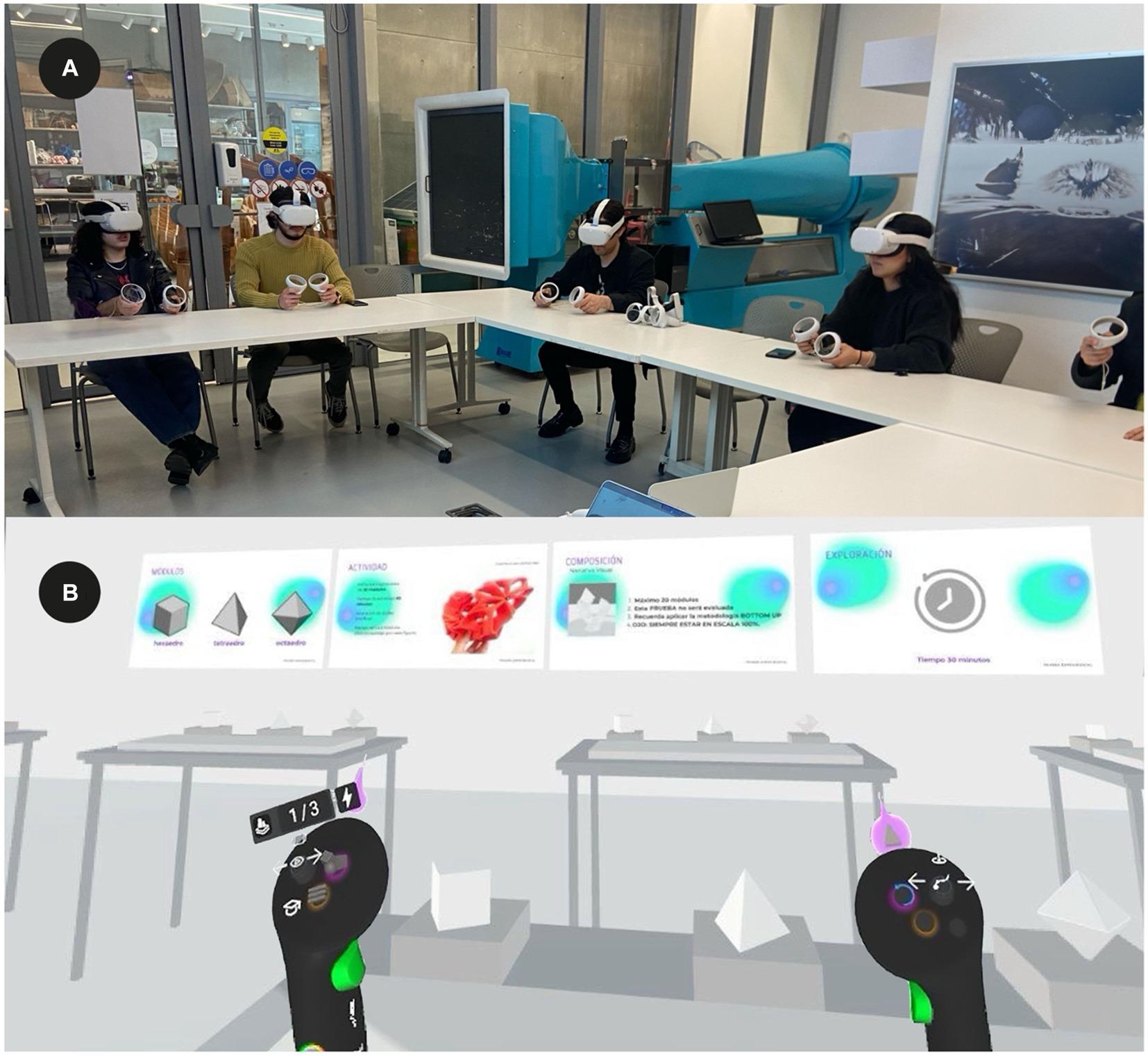Mastering VR/AR in Education: effective Teacher Training for immersive Technology Integration
Virtual Reality (VR) and Augmented Reality (AR) are reshaping classrooms, offering new pathways for interactive and experiential learning. As the adoption of immersive technology in education grows, the importance of effective teacher training for VR/AR integration becomes increasingly evident. This guide explores mastering VR/AR in education—outlining practical strategies, benefits, and firsthand experiences to empower teachers and enhance student engagement with cutting-edge tools.
Why Immersive Technology Matters in Today’s Classrooms
Immersive technologies like VR and AR transport students beyond traditional teaching, from virtual museum tours to interactive science labs. Yet, the accomplished integration of VR/AR hinges on teachers’ confidence and competence. Proper teacher training for immersive technology is vital to maximize learning outcomes and minimize common hurdles.
- Enhanced Engagement: VR/AR fosters active learning and curiosity.
- Personalized Learning: Students learn at their own pace, revisiting concepts as needed.
- Collaboration & Creativity: Immersive tech supports teamwork and problem-solving.
- Accessibility: Difficult or perilous experiences (like anatomy dissections or spacewalks) become safe and accessible.
Core Components of VR/AR Teacher Training
VR/AR training programs for teachers should be thoughtfully designed to address both technical proficiency and pedagogical integration. Effective professional growth includes the following key elements:
-
Foundational Knowledge:
- Understanding core VR/AR concepts
- Familiarization with common devices (e.g., Oculus quest, Google Expeditions, Merge Cube)
- Awareness of software and platforms suited for education
-
Hands-On Experience:
- Interactive workshops with VR/AR headsets and applications
- Simulated classroom scenarios to explore immersive lesson delivery
-
Curriculum Integration:
- Aligning VR/AR content with curriculum standards
- Designing immersive lesson plans and assessments
-
Best Practices & Classroom Management:
- Establishing guidelines for safe and effective technology use
- Managing student attention and device sharing
-
Ongoing Support & Community:
- Access to online communities and technical support
- Continuous professional learning through webinars and peer collaboration
Benefits of Effective VR/AR Teacher Training
Investing in robust VR/AR professional development delivers tangible benefits for schools, teachers, and students alike. Here’s how:
- Increased Teacher Confidence: Well-trained educators embrace technology with enthusiasm and creativity.
- Better Student Outcomes: teachers equipped with immersive tools boost participation, retention, and critical thinking.
- Future-Ready Skills: Both educators and learners gain digital literacy, adaptivity, and 21st-century competencies.
- Scalable Integration: Trained teachers can help scale VR/AR best practices schoolwide.
- Inclusive Education: VR/AR can be customized to support diverse learners, including students with special needs.
Practical Tips for Teachers integrating VR/AR
New to immersive technology in the classroom? Here are some actionable tips for teachers on the path to mastering VR/AR in education:
- Start Small: Pilot short VR/AR experiences before planning full-fledged lessons.
- Collaborate: partner with tech coaches, subject experts, and fellow teachers to share resources and lesson ideas.
- Focus on Pedagogy: Choose applications that genuinely enhance learning goals, not just “wow” effects.
- Prepare Students: Teach basic headset hygiene, digital citizenship, and clear usage protocols.
- Seek Feedback: Encourage students to reflect on their immersive experiences to guide future lessons.
- Document and share: Keep journals or blogs to track classroom successes and challenges with VR/AR, inspiring others.
Case Studies: Real-World Success in Immersive Technology Integration
Schools worldwide are unleashing the potential of VR/AR in education through targeted teacher training. Here are a few inspiring examples:
After attending a national VR/AR teacher training workshop, Finnish secondary science teachers introduced virtual field trips and interactive cell biology in their classes. Student engagement scores improved by 30%, and many reported a stronger understanding of complex scientific concepts.
At a U.S. middle school, teachers were trained to use AR overlays and VR simulations to make historical events more immersive for all students, including English language learners. The result: increased participation, enhanced comprehension, and sustained interest in history classes.
An Australian primary school implemented VR/AR to create calming sensory spaces for neurodivergent learners. After staff VR/AR professional development,teachers reported a measurable drop in classroom anxiety and more individualized learning support.
Overcoming Challenges in VR/AR implementation
While the benefits are clear, schools and teachers may face obstacles. Being proactive with the right strategies will foster a smooth integration of immersive technology in education.
-
Equipment Costs:
Consider starting with cost-effective devices like cardboard VR viewers or leveraging mobile AR apps.
-
Device Management:
Develop protocols for charging, storing, and cleaning devices to ensure long-term use.
-
Content Selection:
Vet VR/AR content for age-appropriateness and alignment with curriculum goals.
-
Technical Support:
Establish tech mentors or access to IT support to handle common troubleshooting issues.
-
Teacher Training Time:
Integrate VR/AR workshops into regular professional development days to prevent overload.
Firsthand Experiences: teacher Voices on VR/AR Training
Samantha R., High School Biology Teacher:
“Before our school’s VR/AR integration training, I was hesitant to use new technology. The hands-on sessions gave me confidence to plan engaging simulations—my students now look forward to our VR lessons every week!”
david L., Technology Integration Coach:
“The key to successful immersive technology integration is ongoing support—connecting teachers to a vibrant VR/AR educator community means we’re always learning together.”
Conclusion: Empowering Educators for the Future of Learning
Mastering VR/AR in education begins with confident, well-trained teachers ready to innovate in the classroom. With effective teacher training for immersive technology integration, schools can unlock the power of VR/AR to drive student engagement, foster creativity, and transform learning experiences for everyone.If you’re an educator or school leader ready to start your journey, invest in dedicated VR/AR professional development programs—the classrooms of tomorrow are waiting!

